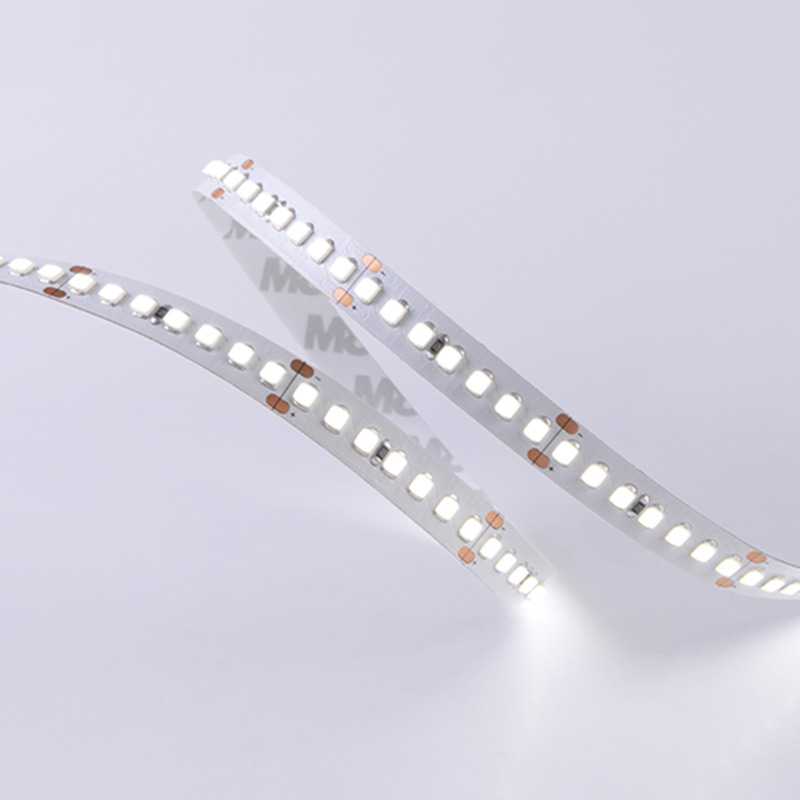can i convert drum brakes to disc brakes
Converting Drum Brakes to Disc Brakes An Overview
When it comes to vehicle performance, one of the most effective upgrades that car enthusiasts often consider is the conversion from drum brakes to disc brakes. This change can substantially enhance the braking efficiency, reduce stopping distances, and improve overall handling. However, before embarking on this project, it’s important to understand the components, benefits, and considerations involved in such a conversion.
Understanding the Brake Systems
Drum brakes have been a standard feature in many vehicles for decades. They consist of a drum that rotates with the wheel and brake shoes that press against the inner surface of the drum to create friction, which in turn slows down or stops the vehicle. While they are effective for certain applications, drum brakes are generally less efficient at dissipating heat compared to disc brakes and can suffer from brake fade during prolonged use.
Disc brakes, on the other hand, consist of a rotor that spins with the wheel and calipers that house brake pads which clamp down on the rotor to slow the vehicle. This design allows for better heat dissipation, resulting in less fade and more consistent performance, especially during high-stress situations such as hard braking or racing.
Benefits of Converting to Disc Brakes
1. Improved Performance One of the primary reasons to consider converting to disc brakes is their superior stopping power. The larger surface area of the brake pads in disc systems allows for increased friction, leading to shorter stopping distances.
2. Better Heat Management Disc brakes are better at handling heat. As brake fluid gets hot, it can lead to vaporization and brake fade in drum systems. Disc brakes minimize this risk, making them a more reliable choice for performance driving.
3. Easier Maintenance Disc brakes tend to be easier to service than drum brakes. They typically allow for quicker replacement of pads and rotors, and there's generally less chance of getting dirt and moisture trapped inside the system, which can be a problem with drum brakes.
can i convert drum brakes to disc brakes

Considerations Before the Conversion
Despite the many advantages, there are several considerations to keep in mind before converting drum brakes to disc brakes
1. Cost Converting from drum to disc brakes may involve significant costs, not only for parts but also for labor if you are not doing the work yourself. Depending on the vehicle, the conversion kit—including calipers, rotors, and necessary hardware—can range from a few hundred to several thousand dollars.
2. Compatibility Not all vehicles are easily converted. The suspension geometry, wheel clearance, and axle compatibility must be taken into account. It’s wise to check for commercially available conversion kits designed for your specific make and model.
3. Regulatory Issues Depending on where you live, making modifications to your vehicle's braking system may have legal implications. Always check local regulations and ensure that your conversion complies with safety standards.
4. Skill Level While DIY car projects can be rewarding, converting drum brakes to disc brakes requires a certain level of mechanical skill. If you’re not confident in your abilities, it would be best to hire a professional to complete the work.
Conclusion
Converting drum brakes to disc brakes can be a worthwhile investment for those looking to enhance their vehicle's performance and reliability. While the benefits are compelling—improved stopping power, better heat management, and easier maintenance—potential converter must tread carefully. Considering costs, compatibility, regulations, and your mechanical aptitude can mean the difference between a successful upgrade and a costly mistake. With the right approach, this upgrade can not only improve the functionality of your vehicle but also give you a more enjoyable driving experience.
-
The Power and Reliability of Brake DrumsNewsAug.27,2025
-
The High-Quality Truck Brake DrumsNewsAug.27,2025
-
Quality Brake Drums for Reliable PerformanceNewsAug.27,2025
-
Get the Quality Semi Trailer Brake Drums for Your FleetNewsAug.27,2025
-
Everything You Need to Know About Brake DrumsNewsAug.27,2025
-
Enhance Your Vehicle's Performance with Reliable Brake DrumsNewsAug.27,2025
-
Truck Drum Brake Spring Replacement ProcedureNewsAug.22,2025


